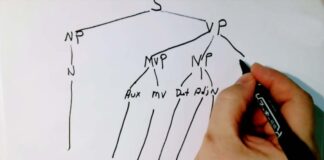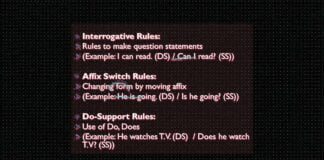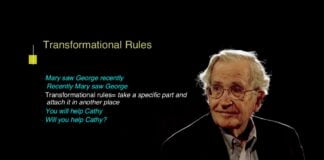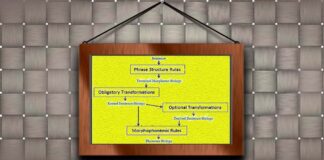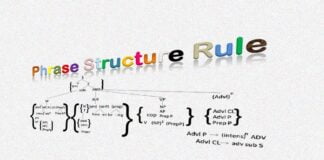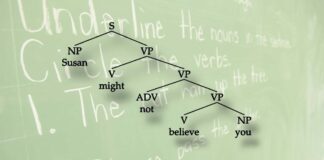LINGUSTICS
δάσκαλος (dáskalos) means the teacher in Greek. Devika Panikar has been teaching English Language and Literature since 2006 and currently serves as an Assistant Professor under the Directorate of Collegiate Education, Government of Kerala. This website is a curated collection of lecture notes and study materials she has prepared with reference to various sources, intended for the enrichment and guidance of her students.
Contact us: devika@devikapanikar.com


